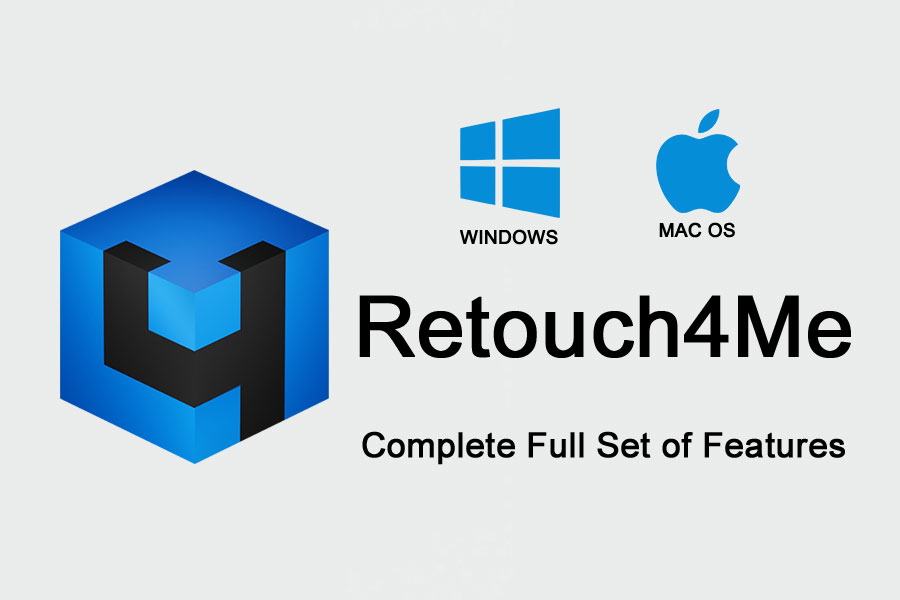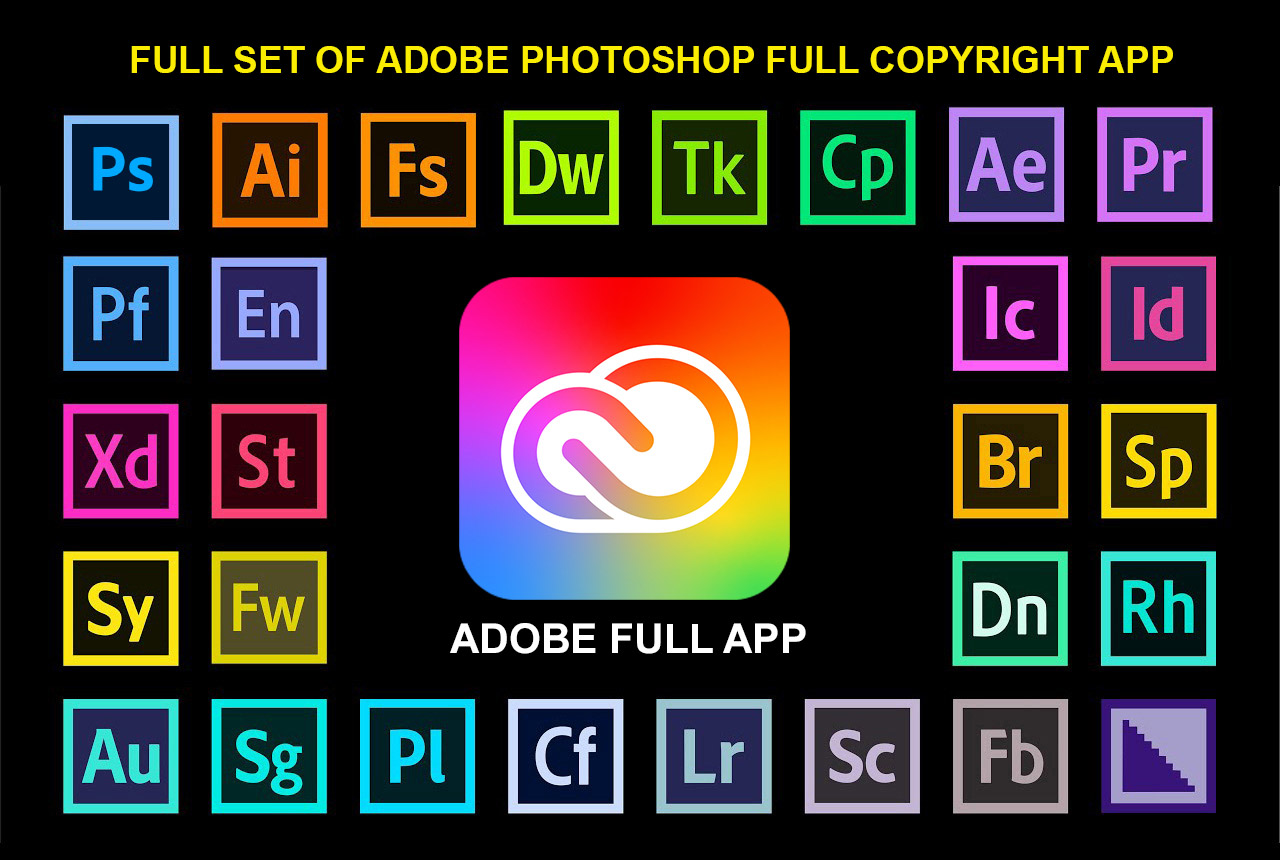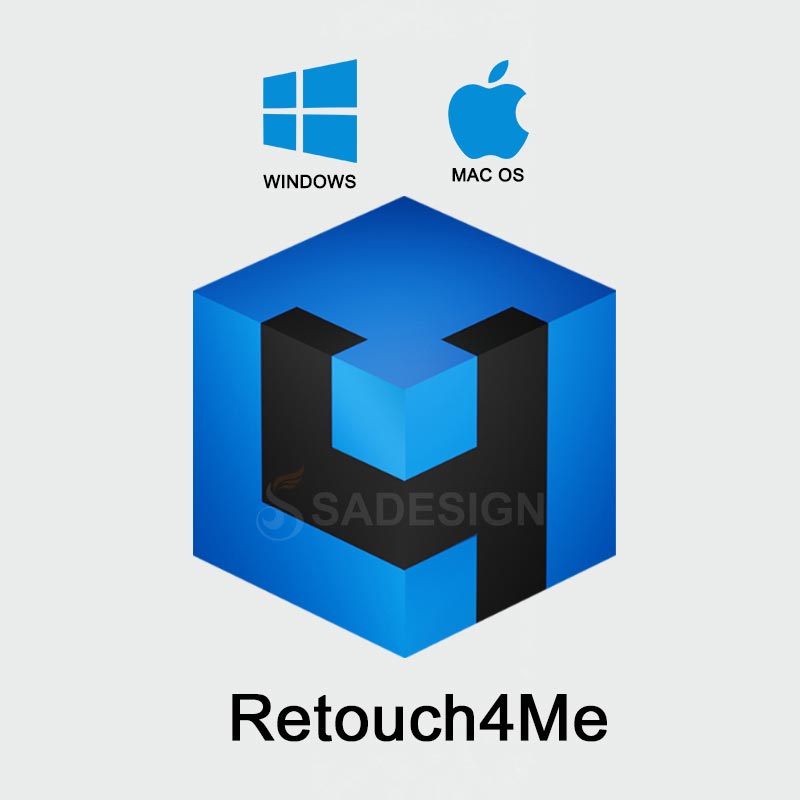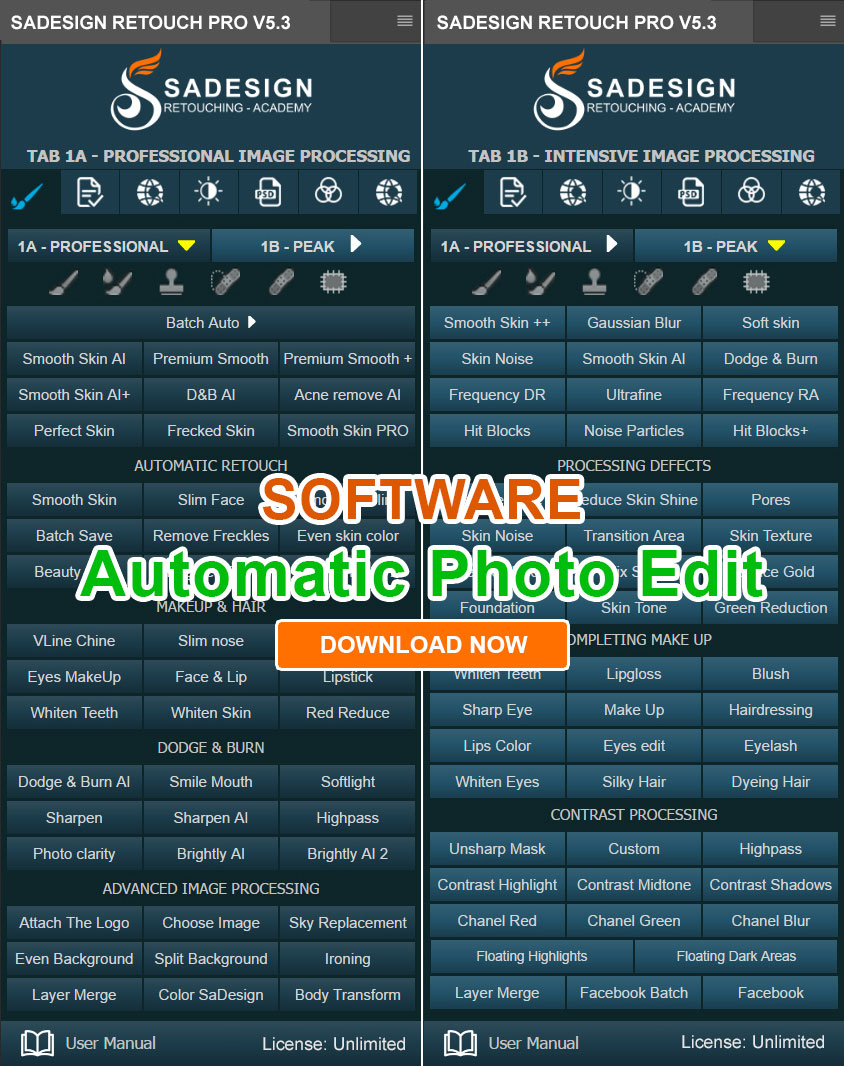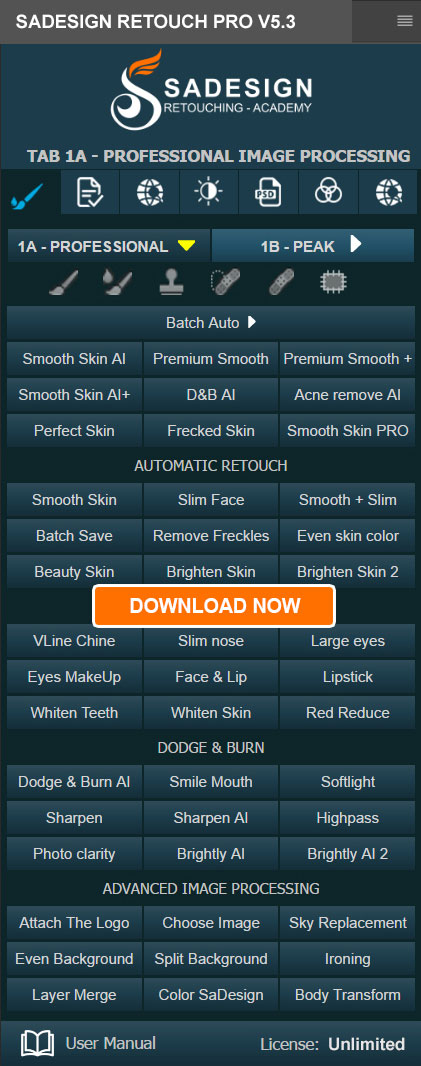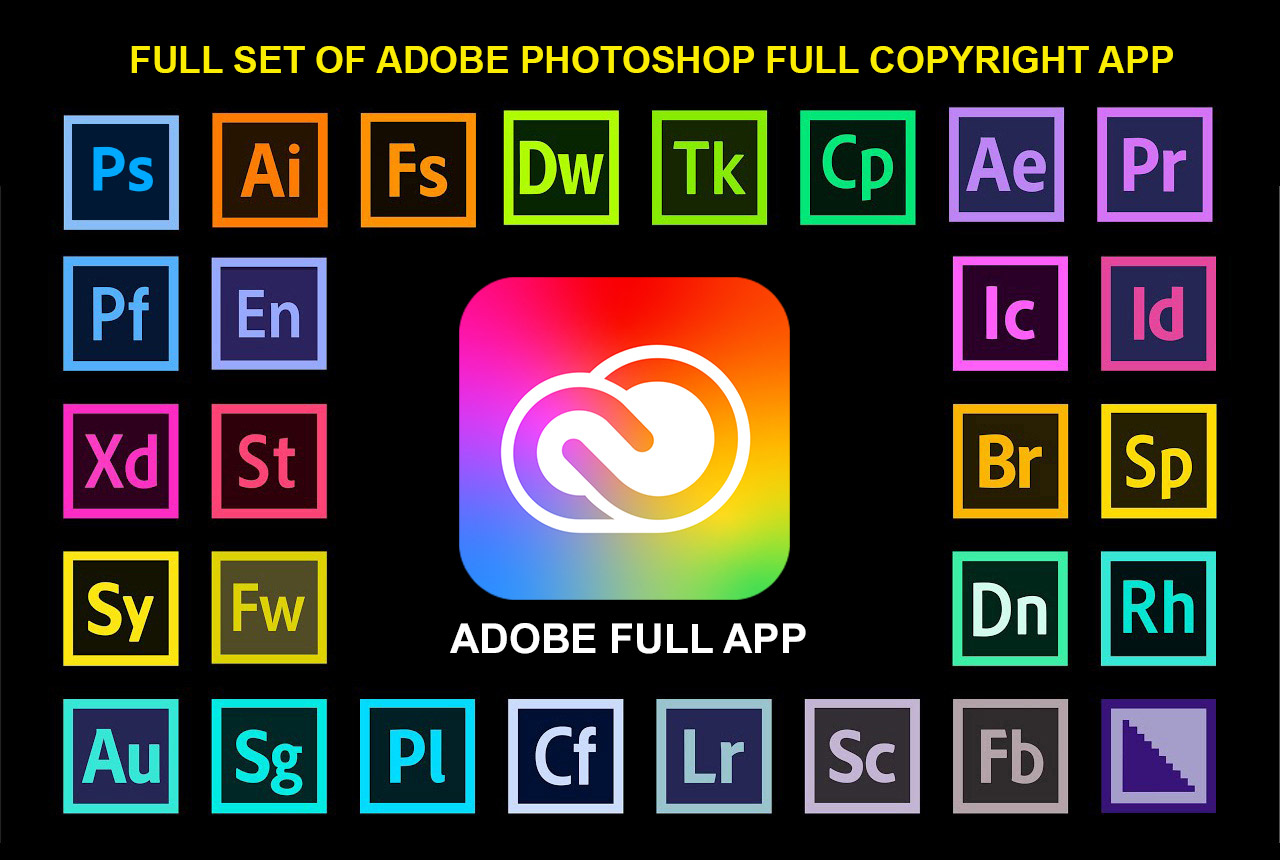Best Selling Products
Experience shopping like never before with Google Shopping's AI-powered virtual shoe try-on feature
Nội dung
- 1. How the “Try it on” feature works
- 2. The technological mechanism behind
- 3. Continuing the success of virtual fitting technology
- 4. User experience
- 5. Doppl: a new piece in the AI shopping ecosystem
- 6. Strategic significance
- 7. Global expansion from the US to Australia, Canada and Japan
- 8. Challenges and the future
Just upload a photo, Google AI will help you try on virtual shoes as real as possible, bringing a vivid and convenient online shopping experience.
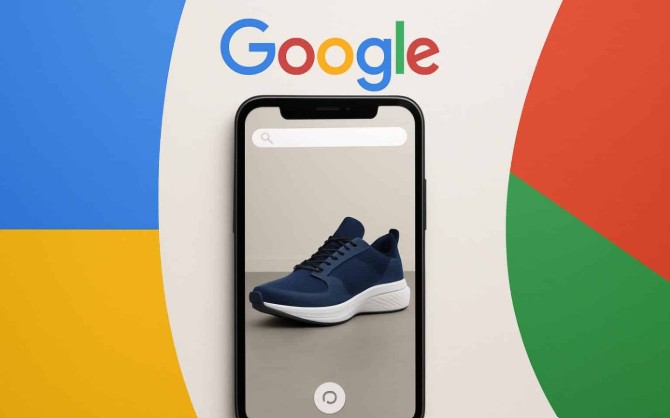
Google continues to assert its leadership position when launching the AI-powered virtual shoe try-on feature on Google Shopping . This is one of the company's latest innovations to enhance the online shopping experience, allowing users to "try on shoes" without having to step foot in the store. By expanding from clothing fitting technology to footwear, Google is not only bringing new convenience to consumers, but also creating a big boost for the entire online retail industry. The combination of AI and fashion is no longer a far-fetched idea, but has become a practical tool to help shoppers make decisions faster, more accurately and more interestingly than ever.
1. How the “Try it on” feature works
Google’s new virtual shoe try-on feature is integrated directly into Google Shopping , a shopping platform that is already familiar to global users. When accessing and selecting a favorite shoe model, users will see a “Try it on” button appear. Just click on this button and upload a full-body photo, the AI system will start processing.
Interestingly, there is no need to take a close-up photo of your feet or any special pose. All you need is a natural photo, whether you are sitting, standing, or posing, and the AI can automatically recognize the position of your feet , determine your body proportions, light direction, and angle. Within seconds, your image will be displayed with the shoes you selected, looking as if you were actually wearing them.
Google’s AI system doesn’t just overlay product images onto the user’s body like previous apps. It uses a Body Shape Recognition model to understand posture, viewing angle, and perspective. The AI then adjusts lighting, shading, shadows, and reflections to make the image appear as natural as possible. The result is shoes that not only “sit in the right place,” but also look like they were taken in the same lighting environment as the original photo.
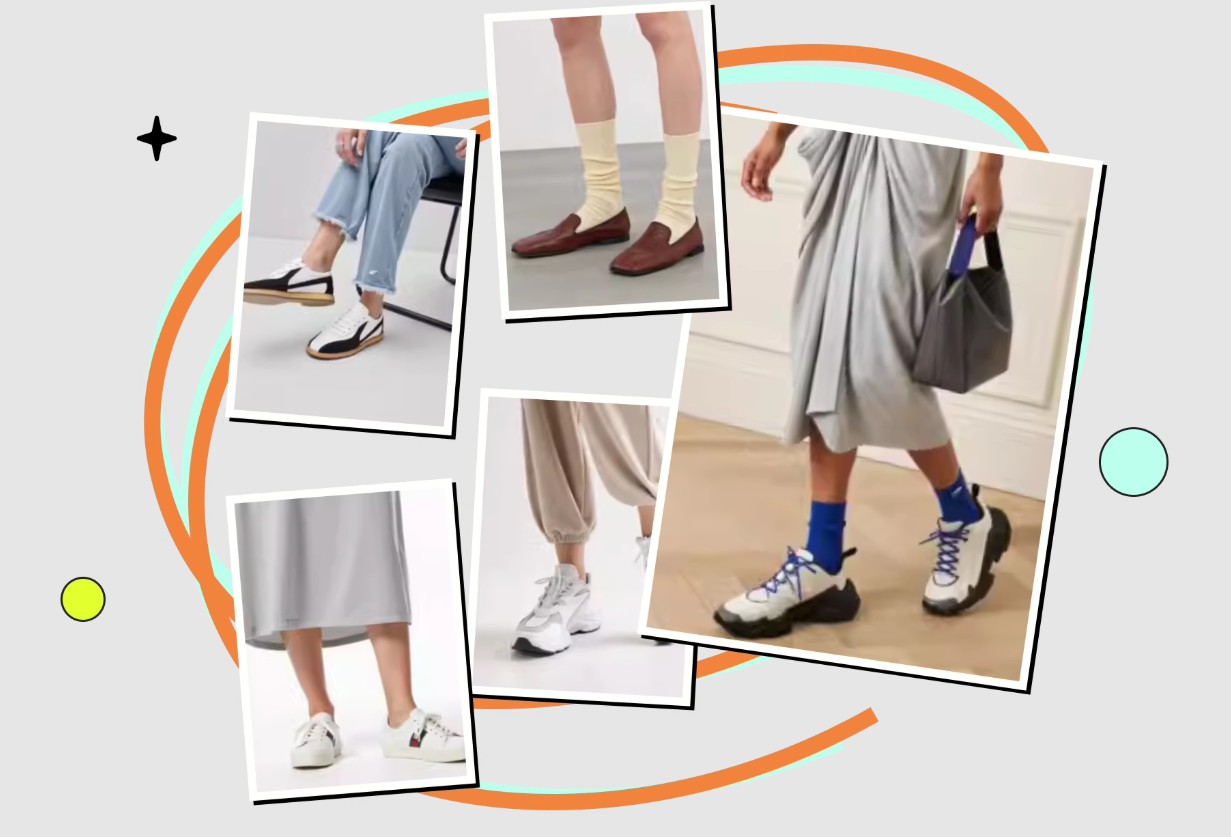
Users can try on different shoe styles, change colors, sizes, or switch to different brands without having to take a photo. It all happens directly on the screen, creating a smooth and incredibly realistic experience.
The good news is that Google has ensured that this feature works even if the foot isn’t visible in the photo. The AI is able to infer and recreate the shape of the foot based on body data, eliminating the need for users to take separate photos. This is a huge improvement over previous AR shoe fitting apps that required users to take close-up videos of their feet or move the camera around their body.
2. The technological mechanism behind
Behind that simple experience lies a complex set of technologies. Google has combined AI, Machine Learning, Computer Vision, and 3D Rendering to create this platform.
First, the AI uses a body recognition algorithm to accurately locate the foot position, regardless of whether the user is standing or sitting. Next, the lighting simulation system is based on the original image data, reproducing the brightness and direction of the light so that the shoes reflect light naturally. If the light in the image is tilted to the right, the left shoe will be slightly darkened, creating a realistic shadow effect like a real photo.
One of the most notable differences of this technology is its ability to understand the material of the product . AI not only displays the shoe in 2D, but also simulates the light reflection of the leather, the softness of the fabric or the rough surface of the rubber sole. All are processed by the Material Rendering Engine , which is often used in professional 3D design tools.
In addition, Multimodal Deep Learning technology helps AI understand the context of images. It recognizes whether the person in the photo is tilting their foot, walking, or sitting cross-legged, thereby adjusting the shape of the shoe accordingly. That is why Google's shoe fitting images always have a high degree of match and give a natural, non-simulated feeling.

This whole process takes place in seconds thanks to the computing power of the cloud computing system (Google Cloud AI), making each shoe fitting a fast, smooth, and almost “real” experience.
3. Continuing the success of virtual fitting technology
Google's expansion of AI technology from clothing to footwear is not a random move, but a logical continuation of a long-term strategy.
In July 2025, Google officially launched its AI-powered virtual clothing fitting feature in the US market. At that time, users could select a shirt, dress or pair of pants and see a real-scale image of themselves wearing the item. This technology quickly received positive feedback from consumers, as it brought more confidence when shopping online.
Google has partnered with major brands like Levi's, Anthropologie, and H&M to test the product. Reports have shown a significant drop in return rates and a significant increase in customer satisfaction, leading the company to expand into footwear.
By combining existing fitting technology with new data from image AI, Google is gradually building a full-body fitting ecosystem : users can try on clothes, shoes, accessories, even hairstyles and jewelry in the same virtual space. This is a strategic vision, to make Google Shopping the smartest and most intuitive e-commerce platform in the world.
4. User experience
The most valuable point of this technology is not only in the technical aspect but in the user experience itself.
Imagine you’re at home, opening your phone, and a new sneaker comes out. Instead of trying to figure out if it matches your style, you just tap “Try it on,” upload a photo, and instantly see yourself wearing it. You can change colors, switch styles, try on sneakers, loafers, boots, or heels in seconds.
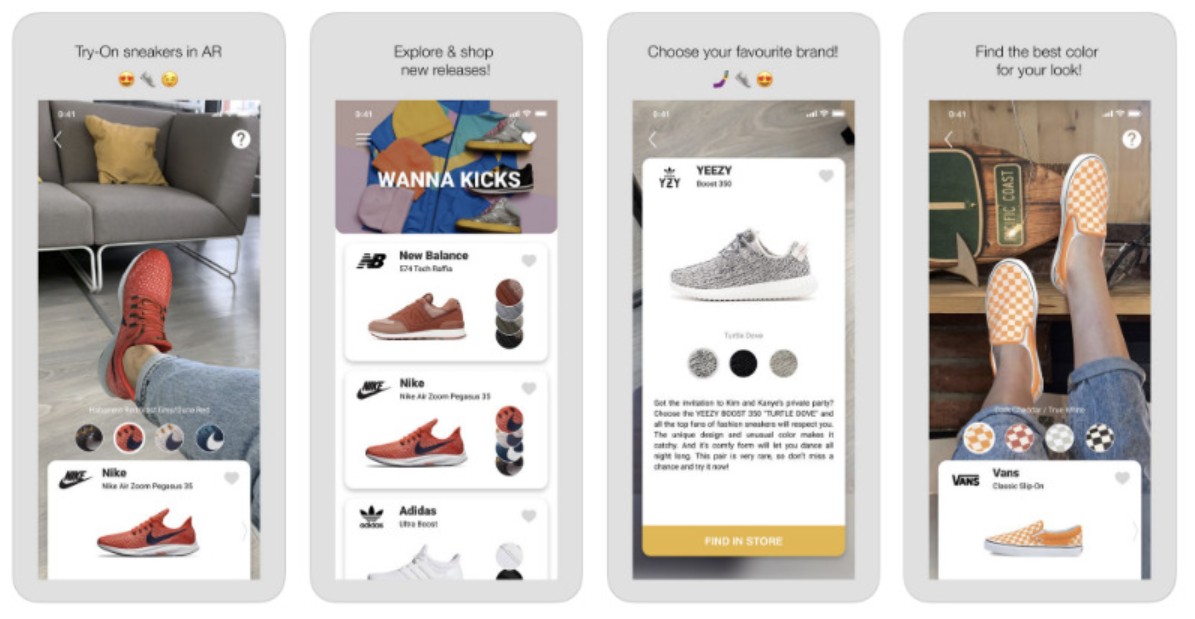
The experience is engaging, intuitive, and emotional. Users are “involved” in the shopping journey rather than just passively observing. That’s the core value Google wants to bring: turning the buying process into an emotionally engaging, interactive experience.
UX experts say Google has successfully struck a balance between technology and the human element. The feature is not only accurate, but also feels friendly, natural, and easy to use.
However, Google also admits that the results are still simulated. Although the displayed images are very realistic, the feeling of wearing real shoes still depends on the actual material, weight and shape. However, this technology still helps buyers minimize the risk of choosing the wrong style or color, and at the same time helps them feel more confident before ordering .
5. Doppl: a new piece in the AI shopping ecosystem
Not stopping at Google Shopping, Google is also developing a separate application called Doppl : a comprehensive AI-based virtual fitting platform.
Doppl is considered an advanced version, allowing users to create a complete digital image of themselves , which can be tried on from head to toe. If the photo the user uploads does not clearly show the feet, Doppl can automatically recreate the feet with a 3D AI model , seamlessly merging it into the original photo.
Doppl aims to create a smart shopping ecosystem where users can move their avatars around in virtual space, try on outfits, try on shoes, and order directly. In the future, users will be able to save a digital body profile to try on thousands of different products with just a single scan.
According to Google representatives, Doppl is not just a fashion app, but the beginning of a “Virtual Shopping Universe” . This is where the line between real and digital experiences is blurred, opening up the possibility of connecting between brands and consumers in a completely new way.
6. Strategic significance
Google's launch of virtual shoe try-on is not simply a technological update, but a strategic move in its long-term vision of smart e-commerce.

Post-pandemic, consumer shopping habits have changed dramatically. They prioritize online experiences, but still demand the same authentic feeling as when shopping in stores. E-commerce platforms must therefore find ways to bridge the gap between real and virtual experiences , and AI is the perfect bridge.
According to Statista, more than 63% of global users said they were more willing to buy online if they could “try” the product first. With the advantage of huge data and advanced imaging technology, Google is taking advantage of this opportunity to strengthen its position in the digital retail market.
By connecting AI fitting with Google Ads, Google Search, and YouTube Shopping , the company can create a seamless experience from the moment a user sees an ad to the moment they decide to order. It's a comprehensive strategy that combines AI, behavioral data, and user experience, allowing Google to not only lead in technology but also expand its influence into commerce.
7. Global expansion from the US to Australia, Canada and Japan
Google plans to roll out its virtual shoe-trying feature in major markets including Australia, Canada and Japan in the near future. These regions were chosen because of their high rate of online consumers, especially in the fashion and sports industries.
Each country will have its own customized algorithm by Google to suit the local culture and fashion trends. For example, Japanese users tend to choose small, compact and elegant shoes, while Australian users prefer dynamic sports style. Google's AI will record and learn this behavior to recommend more suitable shoe models for each person.
Not only users, but brands that partner with Google Shopping also benefit greatly. They can showcase their products in an interactive experience, which helps increase conversion rates and reduce returns. “Try before you buy” not only gives customers peace of mind but also helps businesses save significant logistics costs.

The virtual shoe try-on feature is not simply a new tool, but a testament to the fusion of the real and virtual worlds in the digital age.
Consumers today don’t just want to “see” a product, they want to “experience” it. The combination of AI, AR (augmented reality) and 3D simulations has taken the shopping experience to a new level.
In the long run, this technology could pave the way for shopping in the Metaverse , where each user has a “digital version” of themselves to try on clothes, match shoes, and share styles. The line between “buying online” and “going shopping” will almost disappear, all in a perfectly personalized virtual space.
8. Challenges and the future
While it's a big step forward, Google still faces many challenges in perfecting this technology.
The first challenge is the accuracy of the simulation experience . While the images are very realistic, the actual feeling of wearing the shoes is still difficult to replicate. Google is working on integrating 3D data and full-size sensors to overcome this.
The second is the issue of personal data security . When users upload full-body photos, Google needs to ensure that the images are processed securely and not stored for a long time. According to the announcement, the company uses a temporary processing model, automatically deleting images after displaying results, to protect maximum privacy.
Despite its limitations, the potential of this technology is undeniable. It will not only change the way people shop, but also open a new era for digital fashion, where AI is not just a tool but a “companion” to accompany consumers on their journey to express their personal style.
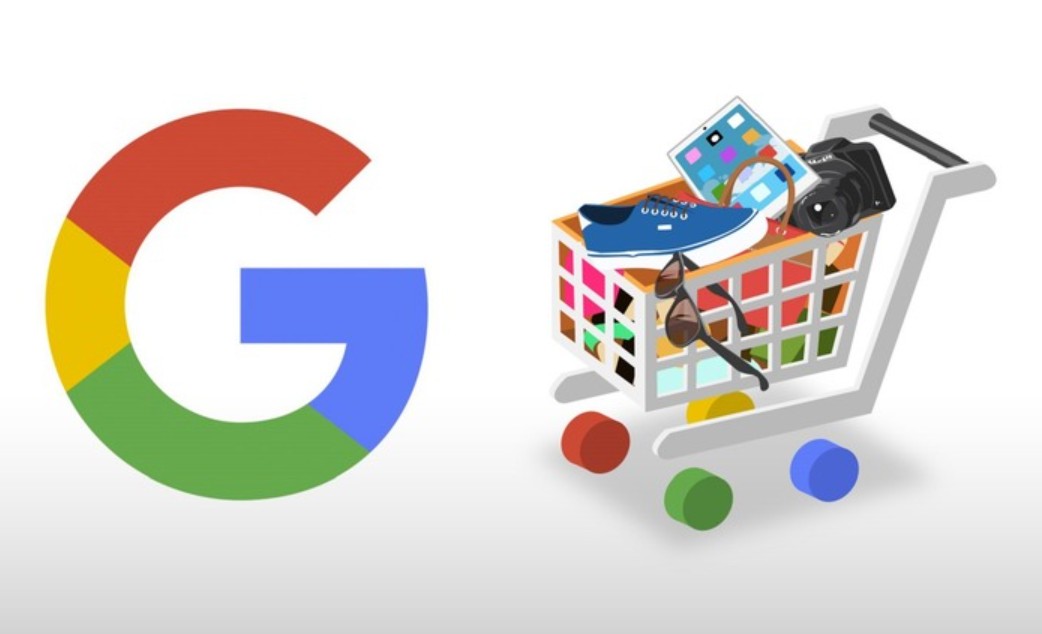
The launch of AI-powered virtual shoe fitting on Google Shopping marks a major milestone in the digitization of the global fashion industry. Google is not only bringing convenience, but also redefining the meaning of “shopping experience”. From trying on shirts, dresses to shoes, Google’s technology is reinventing the shopping journey. AI is making the world of fashion more personal, smarter, and more approachable. In the near future, we may no longer need a physical fitting room, as the entire experience can happen right on the screen: accurate, authentic, and emotional.





